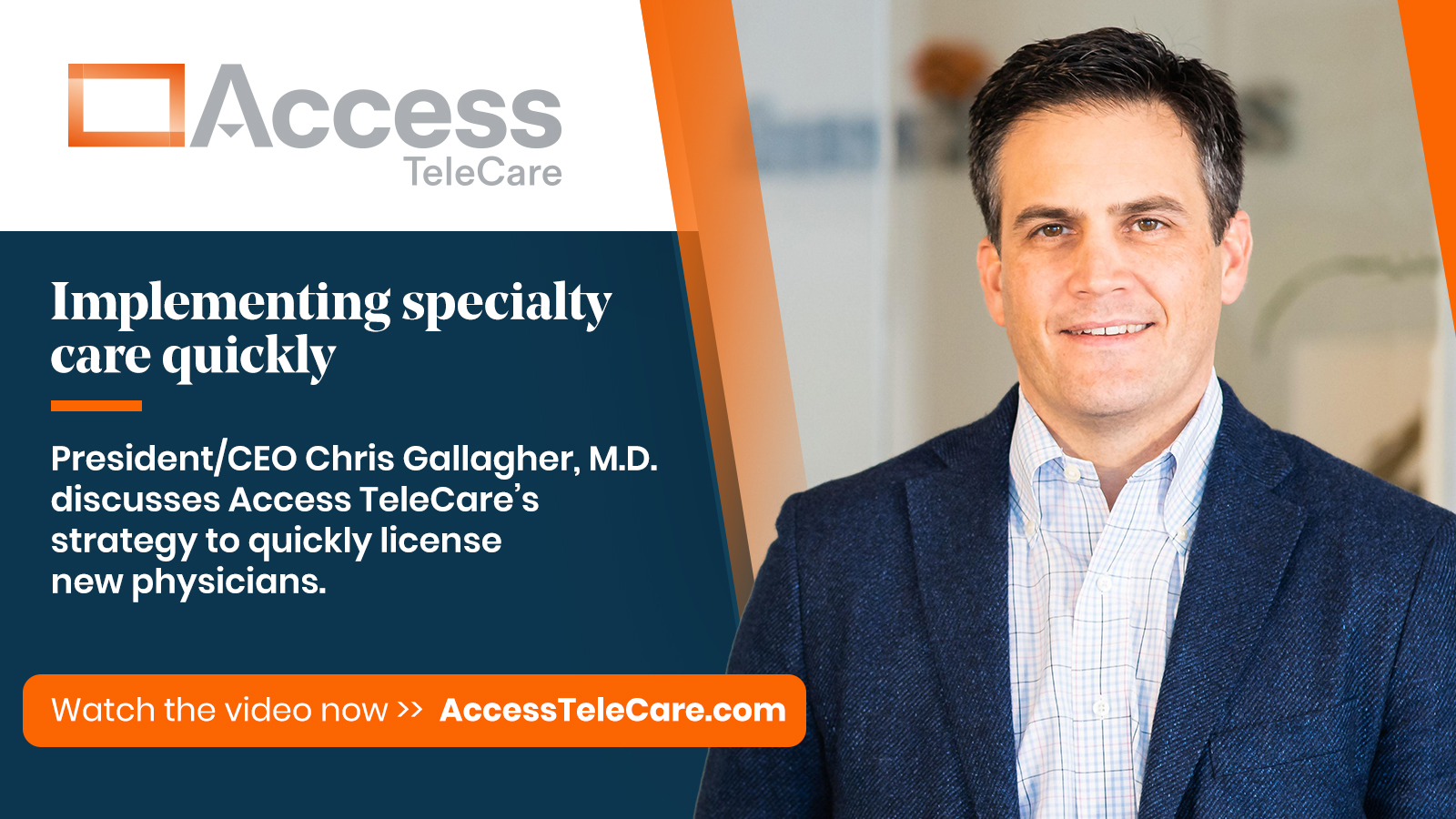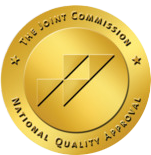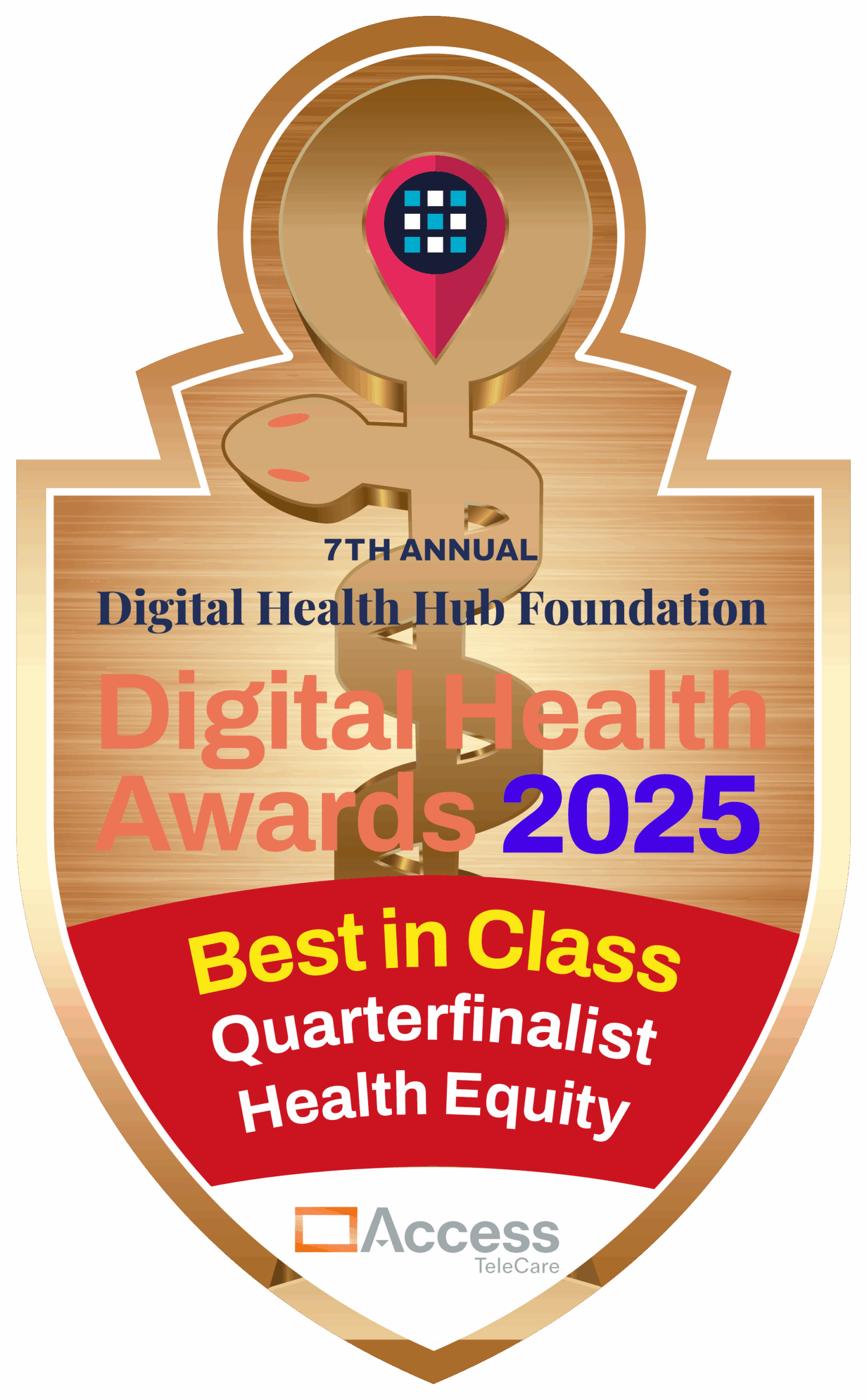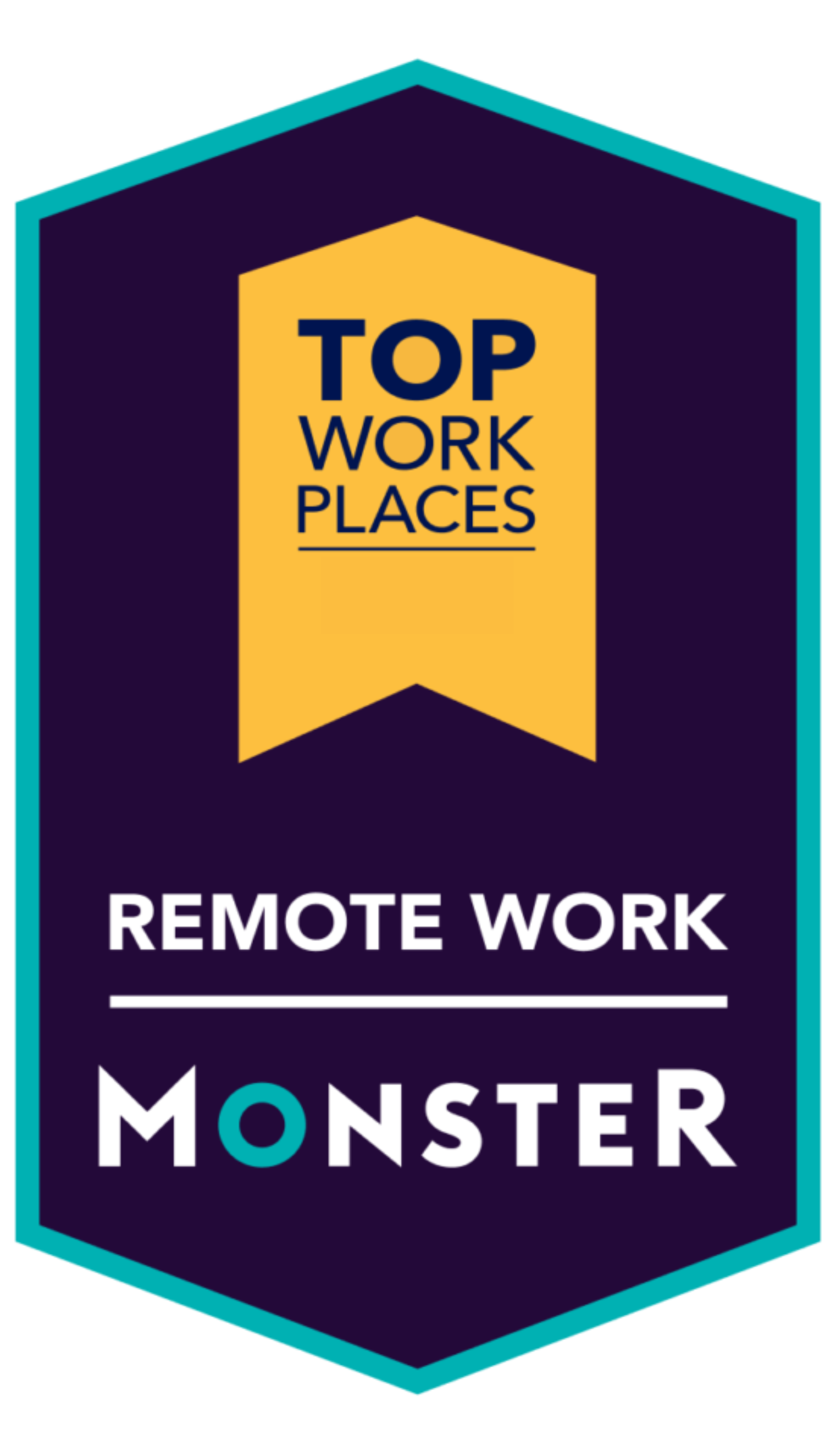Credentialing by proxy reduces the burden on hospitals implementing telemedicine. Using the verification documentation that Access TeleCare has already collected, resource-challenged medical staff offices can streamline the process for privileging physician panels for telemedicine. Rebecca Kish, VP of Provider Network Operations for Access TeleCare, answers seven questions on credentialing by proxy:
1. What is Credentialing by Proxy?
Credentialing By Proxy (CBP) is the acceptance of the verification documentation already collected by a hospital telemedicine program, or in our case, a telemedicine practice. Rather than have our clients verify all the information independently, they can rely on our verification process. Any facility using telemedicine services can utilize CBP as it is allowable under all the major accrediting bodies such as The Joint Commission, DNV, and Accreditation Association for Ambulatory Health Care (AAAHC). As a telemedicine entity, we have to be accredited by The Joint Commission, serving as an indication of a robust credentialing process.
The purpose is to eliminate work that is very time-consuming and redundant. Credentialing by proxy takes the burden off of the facility using telemedicine services and allows them to use the information already compiled.
2. How much time does a facility save with credentialing by proxy?
We estimate that it takes our customers a total of about 14 hours to complete one credentialing file. With telemedicine, you’re typically not getting just one new physician or provider, however. You’re getting several providers to add to the panel at the same time. So, multiply that 14 hours by a panel of providers, and you can see the magnitude. Our customers can save the majority of that time with credentialing by proxy.
A typical Medical Staff Office (MSO) only has one to two people to manage the credentialing process. Plus, they are required to complete a host of other tasks to keep the medical staff compliant and current for an entire facility. When we implement telemedicine, we hand them a whole group of physicians to do at the same time. It can be overwhelming for them, and they may not have enough resources to do the work.
Credentialing is a specialized type of knowledge, and MSOs typically run on their own budgets, which are usually very lean. To bring in additional knowledgeable resources is very expensive. Usually, facilities want to go live in a few months, which compresses the credentialing timeframe. Credentialing by proxy helps lessen their workload and implementation time while still providing the required verifications in a compliant way.
3. What are the barriers to the adoption of credentialing by proxy?
This information is so critical that some facilities are uncomfortable with credentialing by proxy. We work with them to show them all of our sources for our verifications. We can also provide them a full credentialing packet sample to see exactly all of the information they would get. Often, when we have someone hesitant to use the process, we have converted them once they’ve seen our credentialing packet and the quality of our work. We turn around a lot of skeptics.
Over half of all of our customers are using credentialing by proxy. It is getting more popular, however. In the last quarter of 2020, over 90% of our new customer facilities chose to use the process.
4. What is different about telemedicine when it comes to credentialing?
Telemedicine physicians have to be broadly licensed and privileged. We now have years of experience in credentialing, and have learned what the most stringent requirements are—for both state licensing boards and individual facilities. When we share a sample credentialing by proxy packet, our customers find it very comprehensive. We have requirements for our physicians, The Joint Commission has requirements, and CMS has conditions of participation. But, we also know what is needed to license our physicians across 10-12 states. Plus, we’ve worked with hundreds of hospitals and understand what they are looking for, too. We’ve listened to them to improve our processes over the years.
Any time we see something more than once or twice in a licensing or customer privileging situation, we take it back to our group internally and say, “We’re getting asked for this regularly. Is this something that we should be putting in our process?”
5. What are the challenges with credentialing by proxy?
Even with credentialing by proxy, there is often a lot of data entry required by the hospital. We try to help with that by making our packets easy for them to use. We can offer them a packet of documents that’s extremely lengthy if they would like a more comprehensive look at our file, or we can offer them a packet of information that’s smaller and easier for them to go through.
The MSO also needs to assess what information really needs to be in their system. They may not need an entire credentialing file entered into their database—they may need only a few key pieces of information. We send them an electronic file they can store and review at any time; they don’t necessarily need it all in their system. They have to ensure compliance with their own guidelines; we try to make it as easy as possible.
6. What is the biggest challenge for your team?
The biggest challenge for us is completing online applications. Credentialing by proxy allows customers to use our application, our DOP, all of our information, and all of the documents we’ve collected. This is our challenge but is also a way for us to assist with the workload of the MSO. Many online applications populate credentialing software, so we can provide not only our work but also complete the data entry the MSO would otherwise have to complete. It is important to determine if all the credentialing data we can provide has to be stored within the credentialing database or if minimum data is sufficient. This would help speed up the process of implementing services.
7. What kind of skills are necessary for your team?
Our credentialing specialists and managers are all active within our professional association, National Association Medical Staff Services (NAMSS). Many members of our team are Certified Provider Credentialing Specialist (CPCS) certified. The leader of our process is dual-certified CPCS and Certified Professional Medical Services Management (CPMSM). We encourage certification on the team. They all have experience in healthcare and understand how important this information is to ensuring quality patient care.
***
Rebecca Kish, Access TeleCare VP of Provider Network Operations, oversees teams responsible for provider licensing, internal credentialing and privileging, client credentialing and privileging, and, most recently, Medicare, Medicaid, and commercial credentialing and enrollment. Before her work at Access TeleCare, she was the director of a national NCQA Credentials Verification Organization (CVO), which included oversight of provider contract administration. Her accomplishments included significantly reducing credentialing timelines from over 90 days to 27 days and ensuring 100% audit scores on both NCQA and The Joint Commission surveys.
Kish started her career in healthcare working for a Medicare special needs plan (SNP) managed care organization (MCO), where she held various roles, including senior business analyst responsible for all data and analytics needed to manage the plan. She is passionate about ensuring cost-effective, efficient management of provider networks, which led her to obtain certification as a Lean Six Sigma Green Belt and soon-to-be Black Belt.







